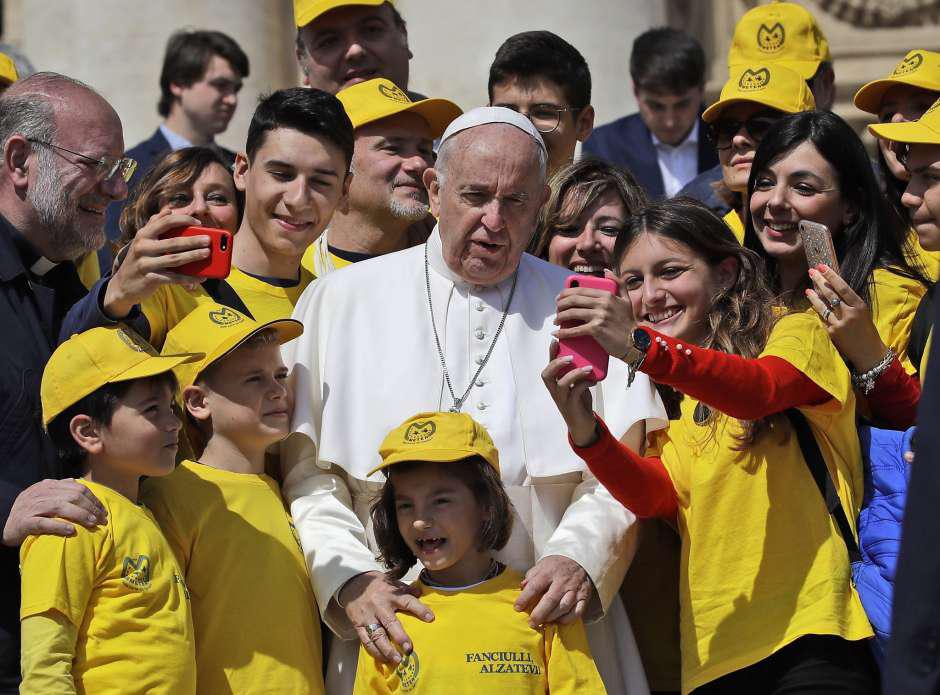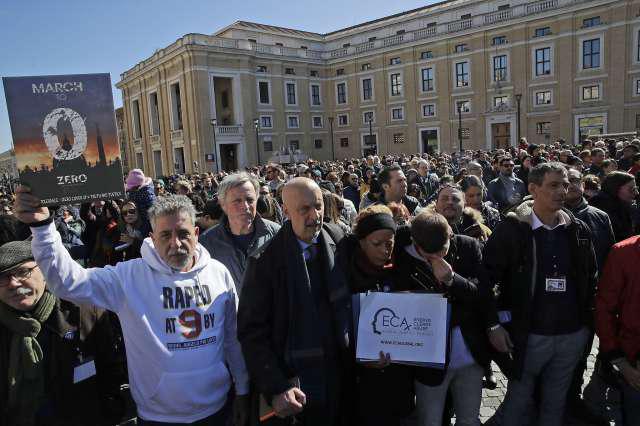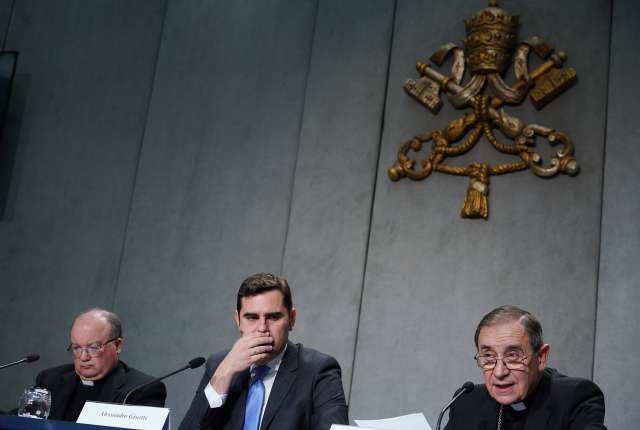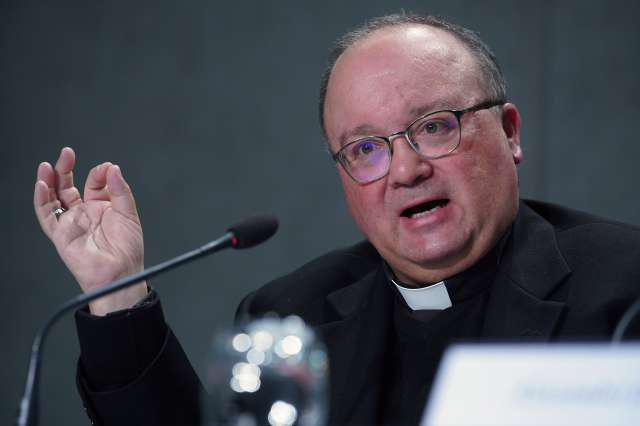|
Pope’s new sexual abuse reporting rules protect the church
By Celia Wexler
Pope Francis’ new rules on sexual abuse have been called “revolutionary,” “groundbreaking” and “exhaustive.” But will the pope’s mandates, issued on May 9, actually bring about the reforms that Catholics so desperately want? On paper, the pope scored a home run. Not only is every priest and member of a religious order required to report abuse or the cover-up of abuse, the pope includes misconduct toward minors and also harms to any adult considered vulnerable to clerical intimidation. That category includes seminarians, nuns and those with mental or physical disabilities. All dioceses also will have to develop a “public and easily accessible” system for victims to submit complaints. Those who report misconduct cannot be retaliated against, and abuse victims cannot be silenced. But here’s where the rule breaks down: The Vatican puts the responsibility for investigation of abuse in the hands of the bishops, the very people who have done such a terrible job over the past century. Marie Collins, an Irish abuse survivor who resigned from the Pontifical Commission for the Protection of Minors, put it this way: “[K]eeping it all within the church has been the problem all along, and this is just really continuing that.” It is because of the bishops’ failures, and the laity’s suspicions, that state attorneys general have stepped in to exact more accountability. In California, home to more than 10 million Catholics, Attorney General Xavier Becerra is now auditing legal compliance with abuse reporting by the state’s 12 dioceses. Six dioceses, including San Francisco and San Jose, will also have to submit their records of abuse allegations to the state. Last year, the Survivors Network of those Abused by Priests pressed the attorney general to step in, and even convene a grand jury to investigate, doubting that the state’s bishops had released all the names of credibly accused priests. SNAP has reason to be suspicious. As recently as January, a priest working in Oakland parishes was placed on leave after being accused of sexually abusing a minor. A few weeks later, he disappeared, fleeing to another country. Survivor advocates are asking whether the diocese delayed reporting the allegations to local law enforcement. Here’s the problem: Law enforcement can punish abuse, but the church is in the best position to prevent abuse by responding swiftly and decisively to abuse complaints. The pope’s new rules do not ensure that will happen. The system the pope envisions largely remains a closed loop, and it depends on the good character and good intentions of senior clerics, men who grew up in an institution that was much better at covering up abuse than addressing it. No lay people are required to participate in these investigations, and it is up to the bishop to determine whether the accusations are credible. An investigation is supposed to end within 90 days, but it can be extended. A priest accused of abuse is presumed innocent, and offered the chance to defend himself. But how will that presumption protect potential new victims as the investigation proceeds? And what if the bishop is implicated? Bring in the archbishop to investigate! And what happens when the archbishop — a bishop with authority over other bishops — is himself corrupt? Defrocked Australian Cardinal George Pell, now in the pokey for his sexual abuse of two choirboys, was named archbishop of the diocese of Sydney in 2001. Presumably the Vatican would investigate, but how long would it take, and who would be brave enough to submit the first allegation against such a powerful cleric? Washington, D.C., Cardinal Theodore McCarrick’s sexual exploitation of young seminarians had reportedly been known for years, and yet that didn’t interfere with his advancement in a 50-year clerical career. Indeed, McCarrick supported the U.S. Conference of Bishops’ “zero-tolerance” policy, adopted in 2002, which pledged to permanently remove any priest found to have abused a minor. “We need to accept these norms and move on,” McCarrick told reporters. His past only caught up with him in 2018. The rules will be evaluated after three years, so presumably, if they don’t work, or if enough Catholics find them wanting, they could be revised. Last fall, American bishops were about to vote on a proposal to implement a code of conduct for bishops on sexual abuse matters, and to create an independent panel, composed of lay people, to evaluate bishops accused of wrongdoing. Pope Francis asked the U.S. prelates not to move forward on their own, without the rest of the church. His own rules clearly reject that stronger option. New rules, no matter how sweeping, cannot erase the culture of silence that the church has fostered for so long. Indeed, the only bishop who ever has been swiftly punished by the Vatican for his conduct related to sex abuse was Detroit auxiliary bishop Thomas Gumbleton. His crime? He was a victim, molested by a priest when he was a boy. He disclosed what happened to him in testimony urging Ohio lawmakers to extend the statute of limitations for abuse crimes. Within days, Gumbleton was told he had broken an obscure canon law: a bishop must not publicly disagree with other bishops. Ohio bishops opposed the law Gumbleton endorsed. He did not mind the forced retirement as bishop, but having to leave his parish broke his heart.
|
.
Any original material on these pages is copyright © BishopAccountability.org 2004. Reproduce freely with attribution.



